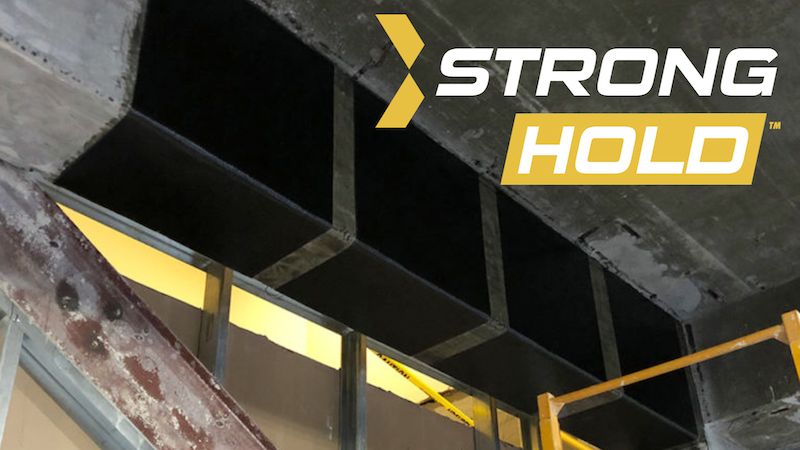Bridges are an essential part of transportation infrastructure everywhere. However, as they age, bridges have a tendency to corrode from de-icing salts, carbon dioxide in the atmosphere, and water seeping in through tiny cracks. While this corrosion is very dangerous and can lead to a bridge's collapse, the damage is often only visible at a very advanced stage, usually creating a very expensive repair bill. If only there was a way to detect corrosion before it reached this advanced stage...oh wait, there is? Yes, actually, and it's been in use for the last 25 years. The process involves a device with an electrode attached to a wheel, which, when rolled across the surface of reinforced concrete, measures the concrete's potential difference. Large differences indicate that the steel rebar within the concrete in those areas has already started to corrode. The problem with this technology is that the wheel is attached to a stick and then rolled manually over the concrete surface, which means that many areas, such as the supporting pillars and undersides of high bridges, remain out of reach.
To solve this problem, a team from Switzerland's Institute for Building Materials joined forces with the Institute of Robotics and Intelligent Systems. Their goal was to develop a robot that could detect corrosion in all areas of a bridge, especially those that are inaccessible to humans. Furthermore, they wanted their robot to be able to detect corrosion at its earliest possible stage, thereby reducing the repair bill and the likelihood of a future collapse. To accomplish this goal, they built a robot that could not only move along the ground but could also climb walls and traverse ceilings. The robot's movement is based on Vortex technology, in which a propeller is attached to the underside of the robot and rotates fast enough for a mobile suction cup to stick the robot to walls and ceilings. Wheels then propel the robot along bridge surfaces, steered by a remote control.
The robot, which was originally named "Paraswift," was actually designed 4 years ago, with the intention of being used by Disney for its ability to film from all angles. Now, "Paraswift" has been renamed "C2D2" - Climbing Corrosion Detective Device. The technology is similar to the original electrode-on-a-wheel model, but this robot's electrode is affixed to the underside of C2D2, and a pink ball with a camera is attached to the top. The camera enables the robot to record surroundings, allowing its controllers to identify and avoid potential obstacles, and the pink color makes C2D2 easier to locate. The robot has already successfully detected corrosion on a number of bridges in Switzerland, but the team has more plans before C2D2 has completely met their expectations. By mid-2015, they hope that a navigation system will replace the manual steering, enabling the robot to identify and overcome obstacles entirely on its own.
C2D2 will likely prove a very valuable tool in the fight against infrastructure corrosion, but it's not the first robot that's been designed for this purpose. Redzone Robotics has been building robots to inspect mid-sized sewer lines since 2013. The company's robots find corrosion, debris, and deformations inside sewer pipes, then relay the information to operators who can dispatch maintenance crews. Rolls-Royce has been making pipe-inspection robots since 1991, and they have proven especially valuable for inspecting pipes in nuclear power plants. Other pipeline-inspection robots have the ability to coat pipe interiors, decreasing pipeline leaks in gas and hazardous chemical pipelines. HiBot, a Japanese robotics company, has built self-propelled robots to inspect high-voltage overhead power lines for internal corrosion.
It's no mystery that corrosion is destroying the world's infrastructure. Unfortunately, as more structures continue to corrode, our available funding to repair them can't keep up, and our $4 trillion spending gap grows. But with continued technological developments like C2D2 to detect corrosion early and HJ3's Civil carbon fiber systems to repair corroded bridges before they collapse, we're working towards closing that spending gap, one bridge at a time.
If you'd like more information about HJ3's carbon fiber systems and how they can save you money on corroded bridge repairs, write to us today at info@hj3.com.



